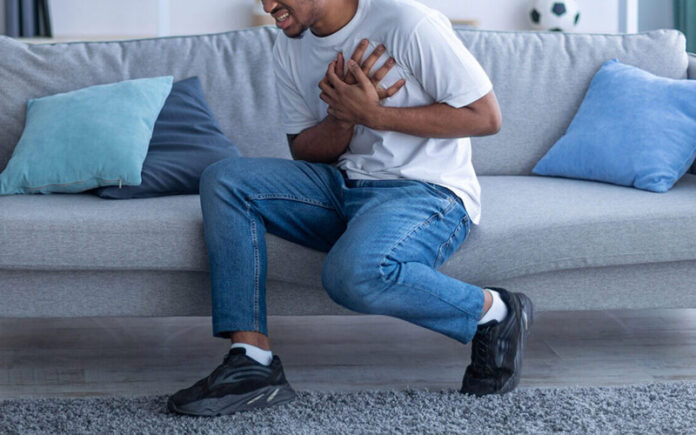Non-small cell lung cancer (NSCLC) is one of two types of lung cancer, comprising 80-85% of lung cancer diagnoses. The other type, small cell lung cancer (SCLC), is the less common and more aggressive form of lung cancer.
Treatment for NSCLC will depend on whether the cancer has spread to other areas of the body, your overall health and age, and the presence of certain proteins that may make treatments more effective. People with NSCLC can be treated with surgery, chemotherapy, radiation therapy, targeted therapy, or a combination of these treatments. To determine the right type of therapy further genetic screening may be required. It is important to ask your doctor about these types of screening and all treatment options.
Clinical trials such as Takeda Pharmaceutical’s Exclaim-2 trial look at whether a new experimental treatment is safe, effective, and a potential alternative to existing treatments.
For those with NSCLC, the importance of quitting smoking cannot be overemphasized. People who continue to smoke do not do as well as those who quit. One reason is that if they survive their first lung cancer, they have a substantial chance of developing a second lung cancer because of continued smoking. It’s almost as important that those around you, including family and friends, also stop smoking.
There are many ways in which symptoms can be managed. Changes to your lifestyle, relief techniques, and medications can all help to minimize the effect of the symptoms on your well-being and quality of life. Your treatment team will work with you to find the ways that work best for you.
Here are some tips from Lung Cancer Canada on how to handle the most common symptoms of lung cancer for patients and their caregivers.
PAIN
Pain can be a symptom caused by the lung cancer itself—for example when a tumor pushes against other organs or nerves in your body. There are many ways to relieve pain: medical procedures, medications, palliative radiation, chemotherapy, alternative therapies like acupuncture and massage therapy, and behavioral strategies like meditation. Your healthcare team can discuss pain management options with you depending on your particular situation.
FATIGUE
Fatigue is a very common symptom of cancer as well as a side effect of many lung cancer treatments. Make sure you eat well and eat enough. Give yourself enough time to do the things you need to do and the things you love to do. Do not force yourself to do too many activities. Rest for short periods and get plenty of sleep. Sometimes, doing nothing all day can make the feeling of tiredness worse; a regular, light exercise routine, like light walking, can help. Be sure to talk with your doctor before starting an exercise program.
SHORTNESS OF BREATH
Shortness of breath, or dyspnea, can be mild and make you feel just a bit breathless or happen only occasionally; and in extreme cases, it can feel suffocating or be constant. The doctor will also suggest things that you can do every day to make breathing easier. For example, light exercises to improve the flow of oxygen to your blood, meditation, and using a humidifier. You should also avoid smoking and smoky places.
COUGHING
A cough can be caused by a number of problems common to lung cancer, such as the tumor irritating an airway, airway blockage, pneumonia, and fluid in the chest cavity. Depending on the cause, there are several different ways to treat a cough. These include clearing airway blockages, or using antibiotics, cough suppressants, and opioid medications. At home, you can try using a humidifier to alleviate your cough. Talk with the doctor if your cough gets worse or becomes more bothersome.
This article is brought to you by Takeda.







